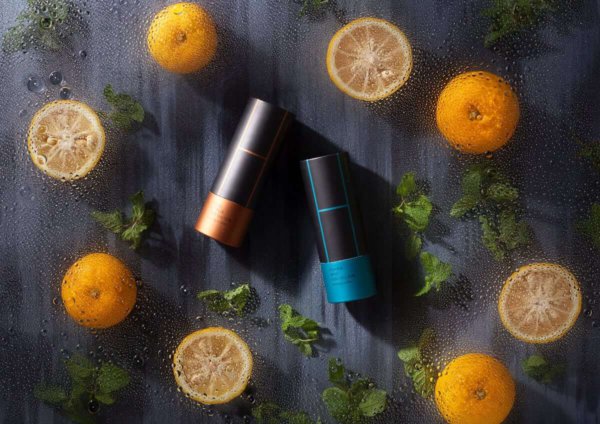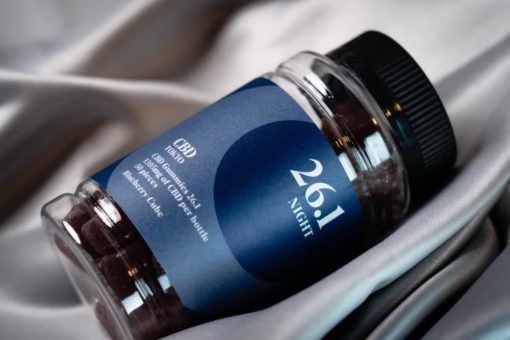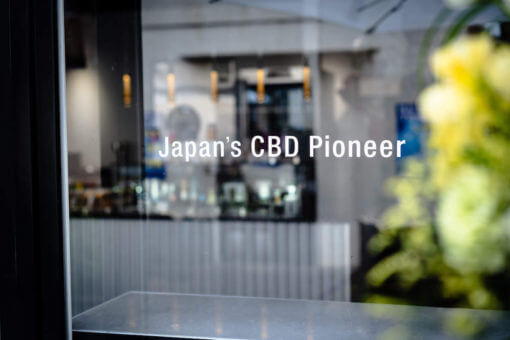CBD Dosage, CBD in Japan
CBD Products Comparison – What’s the best way to take CBD?
With the popularity of CBD products on the rise, it can be difficult to decide which is the best way to take CBD. Most people who are familiar with CBD probably have heard about it in the form of CBD oil. However, there’s a large array of other CBD products to choose from as well. Today we will be taking a look at CBD oil and a few other popular CBD products. We will compare their applications, ease of use, and effectiveness and try to guide you to the best way to take CBD for you.
What is CBD?
CBD is an abbreviation of the word cannabidiol, which is a cannabinoid found in the Cannabis sativa plant. CBD interacts with a network in the body called the endocannabinoid system by binding to neuroreceptors. This produces a wide range of positive effects. Numerous studies have revealed that CBD has the potential to calm anxiety, help with depression and insomnia, and even aid with neurological diseases like Parkinson’s disease and epilepsy. CBD is generally safe and well-tolerated, although it does carry some side effects depending on a person’s sensitivity. Common negative side effects include diarrhea, dry mouth, lack of appetite, fatigue, and potential interactions with other medications such as blood thinners.
How Effective is CBD?
When trying to figure out the best way to take CBD and reading about CBD dosing, the word “bioavailability” is sure to come up. The American Heritage Medical Dictionary defines bioavailability as, “the degree to which a drug or other substance becomes available to the target tissue after administration”. In other words, bioavailability expresses how much of a substance is actually absorbed into the bloodstream. If you take 50mg of CBD by a method that has a bioavailability of 10%, the actual amount of CBD reaching the bloodstream is 5mg. Having said that, the bioavailability of CBD products can vary greatly depending on how they are administered. CBD oil, for example, can be taken orally (swallowed) or sublingually (under the tongue) and has a bioavailability of about 6~15% for oral use and 35% sublingually.
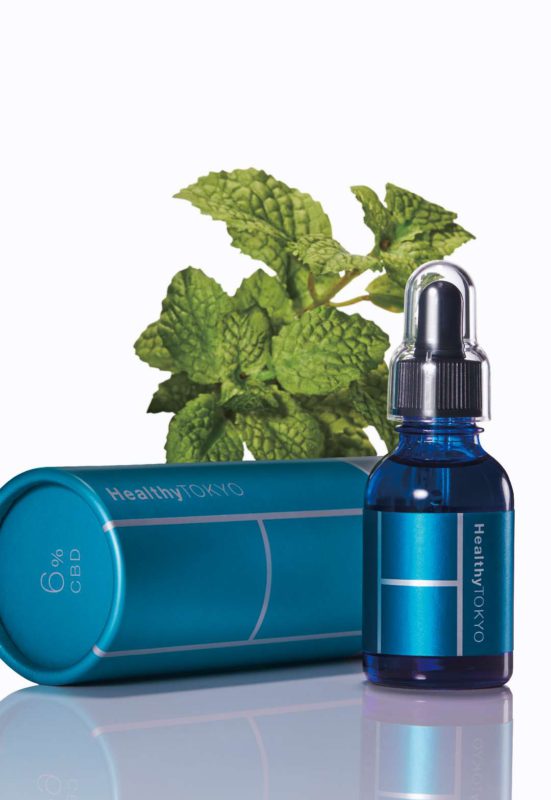
What is CBD Oil?
CBD oil is a supplement that is created by extracting CBD and mixing it with a carrier oil such as coconut or hemp seed oil. Certain varieties of CBD oil may contain another infamous cannabinoid, THC. This is the compound in cannabis responsible for psychotropic effects, or in other words, making you “high”. These varieties of CBD oil are considered controlled substances depending on where you live. However, there are CBD oils sourced from hemp that are absolutely THC-free, making them legal for consumption in countries like Japan, which have zero tolerance laws when it comes to THC.
Generally speaking, CBD oil is very easy to take as a supplement, as it can be taken orally or sublingually and is easy to dose with a pipette that measures out the substance in milliliters. In addition, it often comes with a selection of flavors to reduce the naturally earthy taste CBD oil has. Anecdotal reports from CBD oil users claim that CBD oil’s anxiolytic (anti-anxiety) effects can last for anywhere between a few hours to a full day, depending on the dosing and the individual’s sensitivity to CBD.
Other CBD products
Now that we have taken a look at one of the most popular varieties of CBD, let’s dive into a few alternatives and their strengths and perceivable shortcomings.
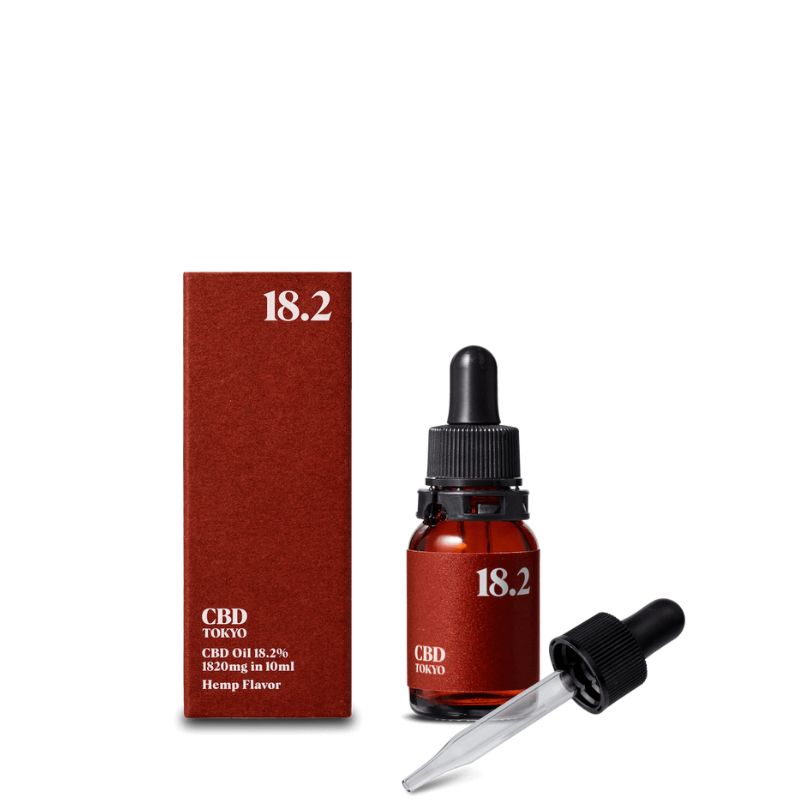
CBD Isolate
CBD Isolate, as the name suggests, is about as close to pure CBD extract as you can get. It consists of around 99% pure CBD powder. Despite the pureness level, the bioavailability of CBD Isolate depends on how you administer it, and it is not uncommon to use isolate as a base to produce CBD oil and other products.
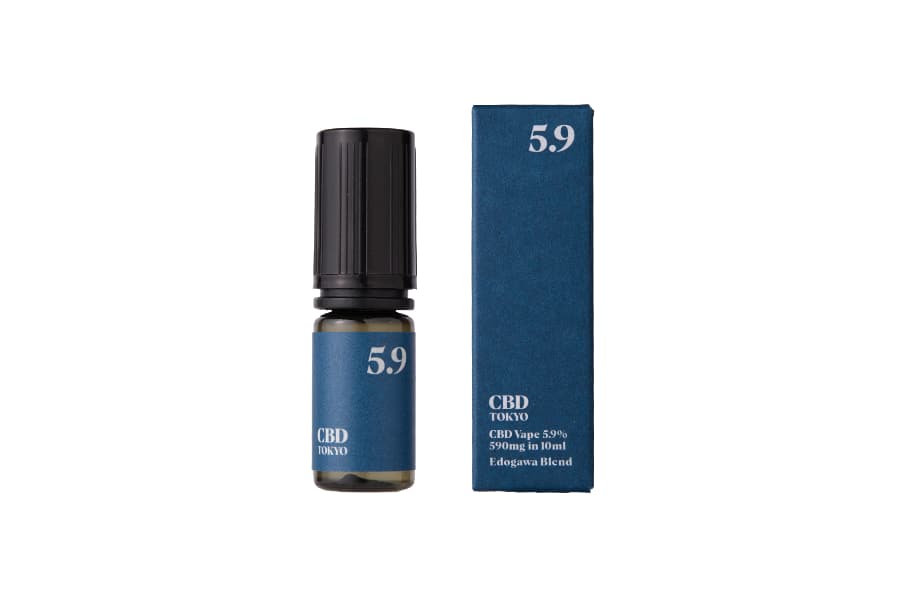
CBD Vape
Vaping CBD is considered to have one of the higher bioavailabilities at about 40%, as it is absorbed through the lungs. Of course, this is a double-edged sword, as vaping comes with its own reported health risks. If you enjoy vaping, there is a natural CBD-flavored vape oil available right here on HealthyTOKYO’s online shop.
CBD Roll-on
This form of CBD has reportedly fast-acting and localized pain relief effects, which can last for a few hours, but as roll-on is a topical application, the CBD does not actually enter the bloodstream and is thus non-bioavailable. Regardless, its effects can be used for sunburn and even joint inflammation and stiffness relief.

CBD Edibles
CBD edibles, like gummies, cookies, and brownies are of course ingested. Like capsules, their bioavailability is a bit lower than other methods, but they provide longer-lasting effects. If you find yourself near one of our locations please visit one of our shops and take the opportunity to try our delicious CBD edibles and CBD drinks.

CBD Cosmetics
Perhaps the most surprising item on this list, CBD cosmetics are also said to aid with topical pain relief and may even reduce oil production and act as a skin emollient, although the research behind these claims is still limited at this time.
So what is the best way to take CBD?
The variety of CBD products now available allows people who may have been hesitant to try CBD before to experience it in a way that they are comfortable with. Personally, I prefer the classic CBD oil under-the-tongue method, but it’s also not always appropriate to take out a pipette, making the other more discrete options like capsules, roll-ons, and edibles quite attractive. If you have any questions about CBD products, please feel free to contact us with the on-site chat feature on the bottom right of the screen and visit the HealthyTOKYO online shop to view many of the CBD products mentioned above.
Before you go, just remember:
● Although CBD oil is well known, CBD comes in a wide variety of other products.
● CBD products are said to provide a variety of health benefits such as helping with depression and insomnia.
● The strength and effectiveness of CBD products can vary greatly, so make sure to confirm the bioavailability of each method.


